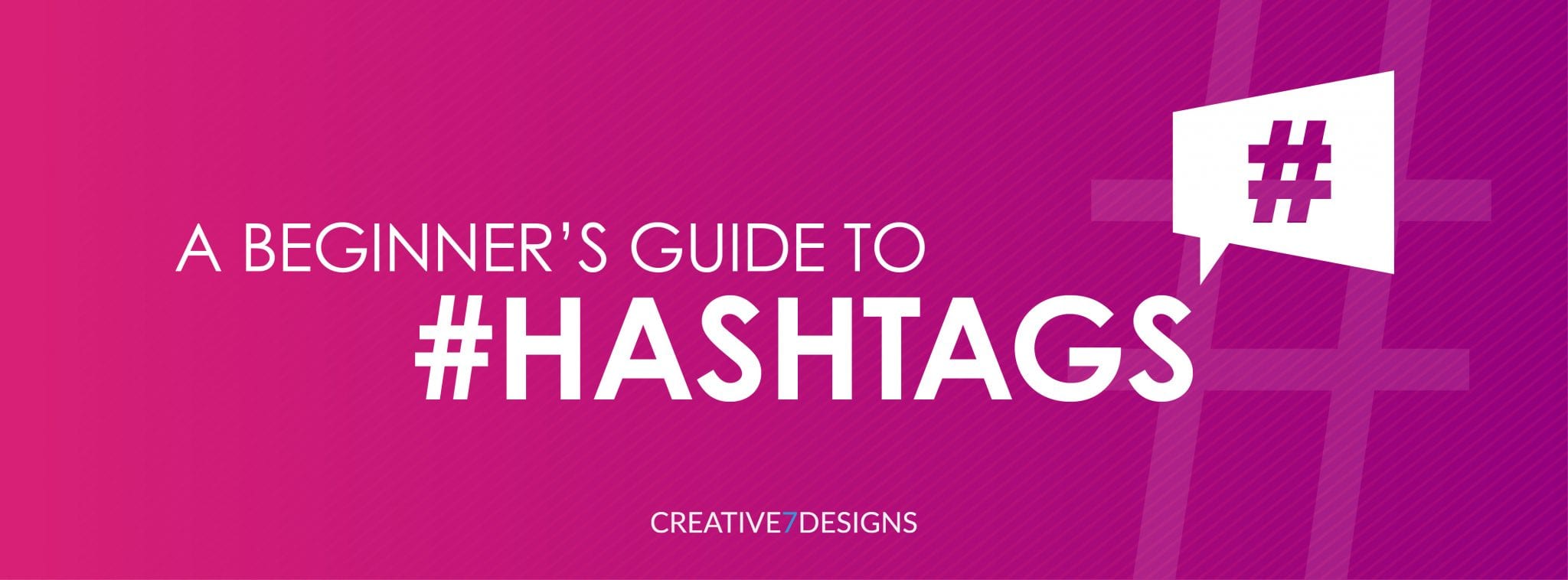Hashtag #history:
Since the dawn of the hashtag in 2007, they’ve become an integral part of modern communication. It used to be that the pound sign, number sign, hash, or whatever we called it back in the day, was used to indicate weight in pounds or to precede a number. You know, like on a #2 pencil, if you can remember that far back. But now, this symbol, which originates from 1850’s bookkeeping, has been repurposed. And in a rather strange way when you think about it. #throwbackthursday #thefutureisnow
“How do you feel about using # (pound) for groups. As in #barcamp ?”
This is the infamous tweet from social technology expert and Twitter producer, Chris Messina (not the semi-major actor you may or may not have heard of, Chris Messina) from which the hashtag was born. It was a novel idea-one that would take off in the coming years. It was also initially rejected by the twitter staff. #shutdown #dontgiveuponyourdreams #goodideachrisDespite all odds, the hashtag trend gained momentum just two months later. Citizen reporters began using the pound sign to group keywords while covering a series of forest fires near San Diego in October 2007. #SanDiegoFire marked the first practical use of hashtags. And ever since, they’ve changed social media communication as we know it from political events to entertainment news. #2020election #TaylorSwift
How to use a #hashtag:
While Justin Timberlake and Jimmy Fallon may have gone a little overboard, you can use hashtags in a very thoughtful and productive way. Their primary purpose is to group keywords into a clickable link. From there, anyone who clicks on your hashtag or searches for it will be directed to all posts that include it. This allows you to organize content, reach your target audience, and most importantly, make it easier for an audience to find you. In fact, according to HubSpot, a post with at least one hashtag reaches about 12.6 percent more viewers than a post without one. These serve as a simple tool, or perhaps necessity, for boosting your search engine optimization and marketability.Hashtags seem simple enough. They’re merely a word or a short phrase, preceded by the (#) sign. However, for something even as simple as a hashtag, there are a few tricks to the trade.
- First of all, spaces and other characters are not allowed. Even when you include multiple words in your hashtag, they should be written without spaces or other distinguishing characters like exclamation points, periods, or parentheses. #keepitsimple Capital letters are useful when you want to differentiate words within a single hashtag phrase (e.g., #Creative7DesignsRules). This can make it easier for readers to understand your hashtag at first glance and ought to be used with proper nouns like #MileyCyrus.
- Use your hashtags strategically. Follow trends and make use of them as they pertain to your business. Resources like Google Trends and Hashtags for Likes help determine what will attract the most attention.
- You can even start your own trends with original hashtags. If your company sponsors or hosts an event, create a specific hashtag for the occasion and generate some brand-specific social media buzz!
Hashtags aren’t just for organizing!
At least, not anymore. Hashtags have practically become a way of speech. They’re used as witty remarks, subtle asides, and funny commentary. And as such, well placed and stylish hashtags add a unique tone and comical voice to your posts. So, when you write, consider adding hashtags as part of the content and a way to complete or accessorize your post.Hashtags may be among the most unique, innovative, and catchiest ways by which we communicate. So make sure to incorporate them into your social media posts. And when you do, get creative, apply your sense of humor, and build some social buzz! #butdontgooverboard #likewedidinthisblog







